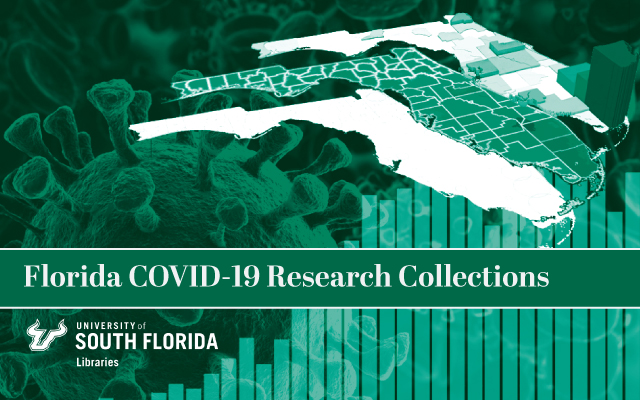
All publications
Document Type
Article
Publication Date
10-2020
Keywords
COVID-19, Dade County, Miami, Preventing Chronic Disease, PCD, CDC, Preventing Chronic Disease Journal, chronic disease, public health, National Center for Chronic Disease Prevention and Health Promotion, NCCDPHP
DOI
https://doi.org/10.5888/pcd17.200358
Abstract
Miami-Dade County zip code-level (N = 91 zip codes) coronavirus disease 2019 (COVID-19) cases (N = 89,556 as of July 21, 2020) reported from the Florida Department of Health were used to estimate rates of COVID-19 per 1,000 population at the census block group level (N = 1,594 study block groups). To identify associations between rates of COVID-19 infections and multidimensional indexes of social determinants of health (SDOH) across Miami-Dade County, Florida, I applied a global model (ordinary least squares) and a local regression model (geographically weighted regression). Findings indicated that a social disadvantage index positively affected COVID-19 infection rates, whereas a socioeconomic status and opportunity index and a convergence of vulnerability index had an inverse but significant connection to COVID-19 infection rates over the study area. Rates of COVID-19 infections were localized to specific geographic areas and ranged from 0 to 60.75 per 1,000 population per square mile.
Citation / Publisher Attribution
Preventing Chronic Disease, v. 17, art. 200358
Link to the publisher: https://doi.org/10.5888/pcd17.200358
This publication is in the public domain and is therefore without copyright. All text from this work may be reprinted freely. Use of these materials should be properly cited.
Scholar Commons Citation
Moise, Imelda K., "Variation in Risk of COVID-19 Infection and Predictors of Social Determinants of Health in Miami-Dade County, Florida" (2020). All publications. 94.
https://digitalcommons.usf.edu/usf_fcrc_all/94

